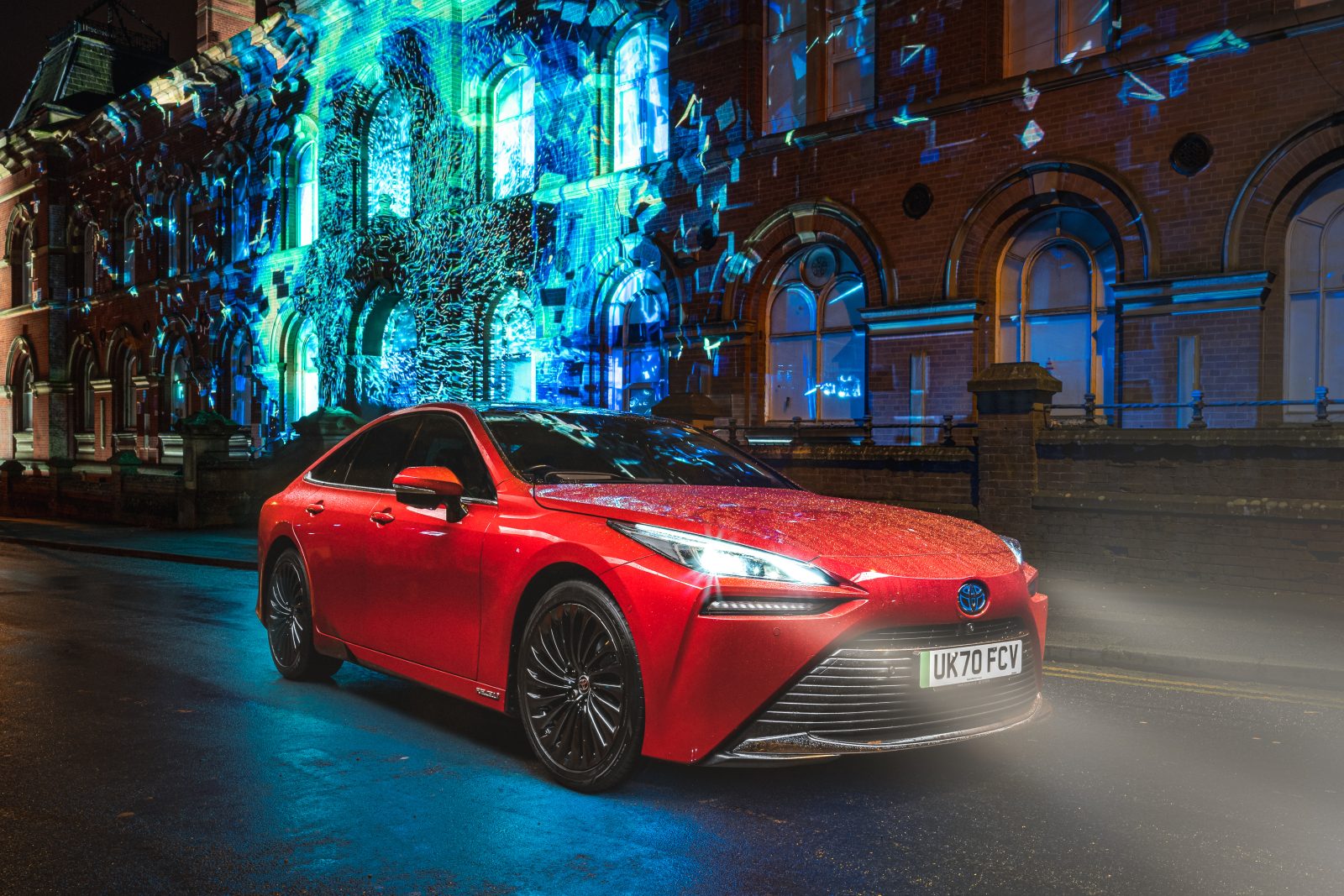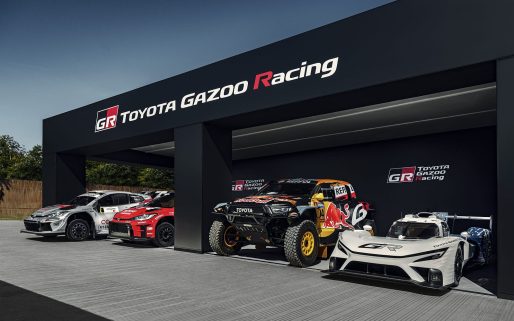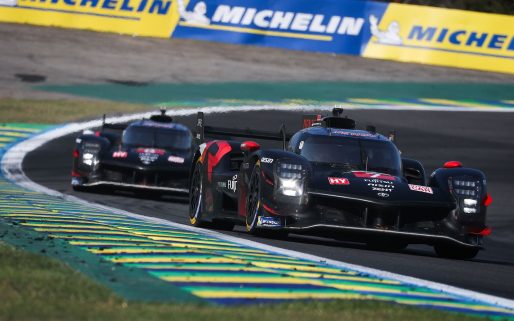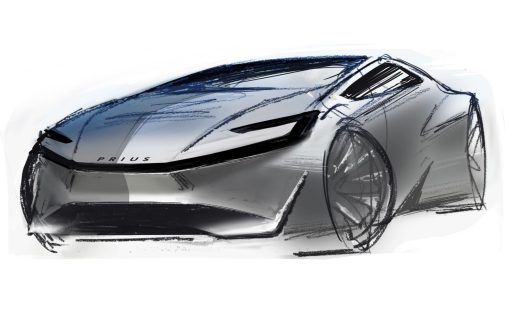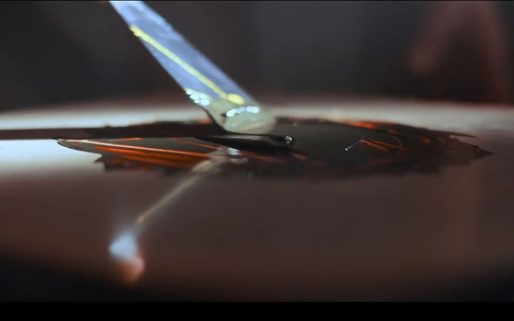Historic Oldham landmark Booth House was the backdrop for a lighting projection spectacle showcasing practical usages of hydrogen power and depicting the rise of Toyota from a family weaving firm to a global manufacturing giant.
The 19th century building was the focus for the highly complex and technically advanced location shoot earlier this year. The event was significant in being powered entirely by ‘green’ hydrogen, aligning perfectly with the film’s theme of Toyota’s progress towards a future carbon-free society.
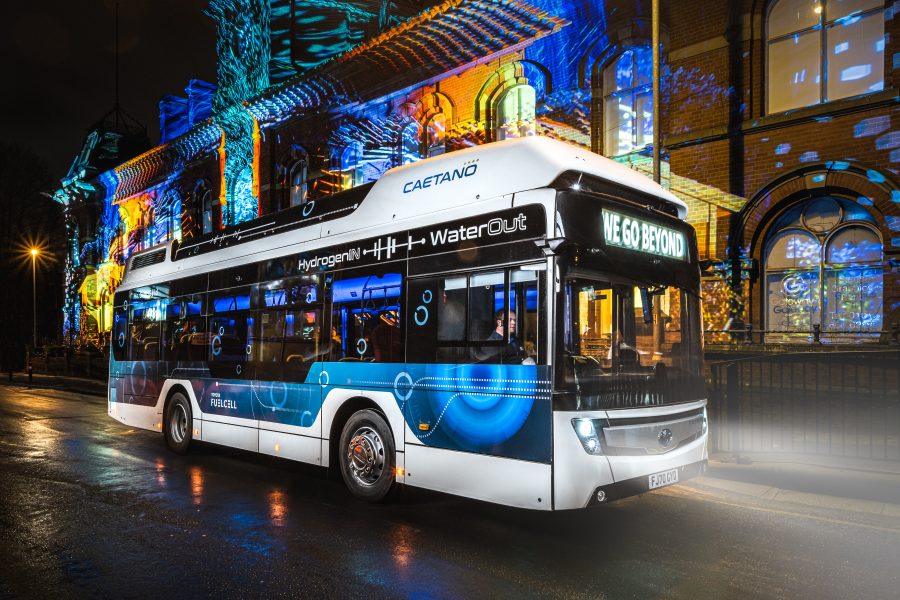
Toyota is pioneering the use of hydrogen as a plentiful source of renewable energy that can be produced and used without creating harmful emissions.
The film crew’s power needs were met by portable hydrogen generators, while the action will include a wide variety of the zero emission vehicles Toyota is manufacturing today, including cars, coaches and fork lifts. Even the on-set catering truck was run on hydrogen power.
Although thousands of miles distant from Toyota Motor Corporation’s base in Japan, Booth House represents a significant moment in the company’s history. In 1929, the Toyoda family weaving business sold patents to its revolutionary automatic loom to Platt Brothers, once the world’s largest manufacturer of textile machinery, employing more than 12,000 people.
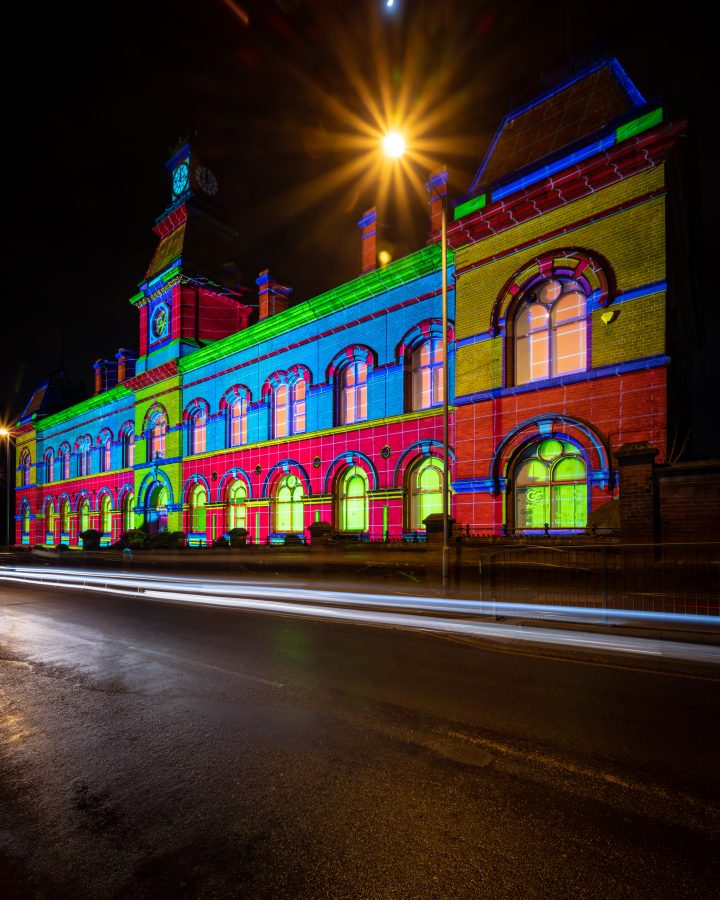
The funds raised through the sale were used by Kiichiro Toyoda to kick-start research into vehicle manufacturing, leading to the founding of the first automobile department at the Toyoda Automatic Loom Works in 1933.
Three years later, the first car, the AA sedan, rolled off the production line. In 1937 the Toyota Motor Company was formed, the forerunner of today’s Toyota Motor Corporation, one of the world’s best-known and successful automotive businesses.
The light projections at Booth House formed the central narrative section of a film depicting Toyota’s development from vehicle manufacturer to a mobility provider. Its mission is to give everyone access to the freedom of mobility in a future carbon-free society.
The building served as a ‘canvas’ on which moving images charted the story of the Toyoda family’s weaving business and how Sakichi Toyoda’s invention of automatic loom technologies transformed its fortunes and its business direction.
With receipt of the funds from Platt Brothers, the mechanical Toyoda looms make way for a robotised car production line delivering a series of famous Toyota models: AA, Corolla and Prius. The culmination is the current Mirai saloon, powered by electricity generated from hydrogen fuel. Image becomes reality as a Mirai is driven away from Booth House.
The theme of weaving continues as the Mirai’s journey moves to Japan and Toyota’s Woven City. Currently under construction at the foot of Mount Fuji, this will be a living community where new and connected technologies for zero-carbon living will be put to the test.
All information correct at the time and date of publication.
